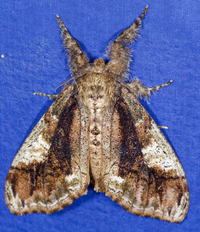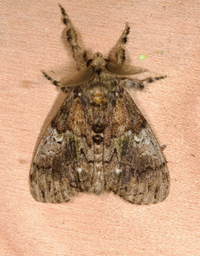
| Recorded by: Jim Petranka, Marilyn Westphal and Becky Elkin on 2025-08-17
Henderson Co.
Comment: | 
| Recorded by: Emily Stanley on 2025-07-29
Buncombe Co.
Comment: |

| Recorded by: Mark Basinger on 2024-08-04
Mitchell Co.
Comment: | 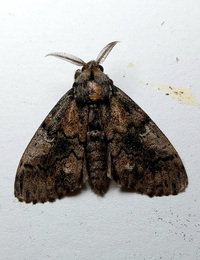
| Recorded by: Mark Basinger on 2024-08-04
Mitchell Co.
Comment: |
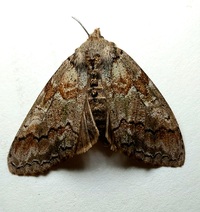
| Recorded by: Mark Basinger on 2024-08-04
Mitchell Co.
Comment: | 
| Recorded by: Mark Basinger on 2024-08-04
Mitchell Co.
Comment: |
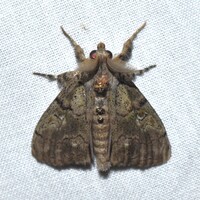
| Recorded by: David George, Jeff Niznik, Patrick Coin, Steve Hall, Carol Tingley, Tom Howard on 2024-07-27
Chatham Co.
Comment: | 
| Recorded by: Owen McConnell on 2024-07-12
Graham Co.
Comment: |
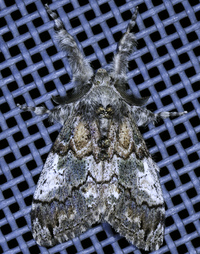
| Recorded by: John Petranka on 2024-07-11
Watauga Co.
Comment: | 
| Recorded by: Jim Petranka on 2024-06-15
Madison Co.
Comment: |

| Recorded by: David George, Jeff Niznik on 2024-05-25
Chatham Co.
Comment: | 
| Recorded by: David George, Jeff Niznik on 2024-05-25
Chatham Co.
Comment: |
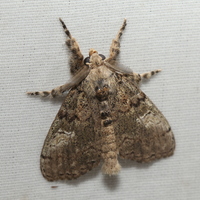
| Recorded by: David George, Jeff Niznik on 2024-05-25
Chatham Co.
Comment: | 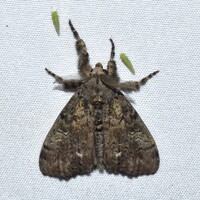
| Recorded by: David George, Jeff Niznik on 2024-05-25
Chatham Co.
Comment: |
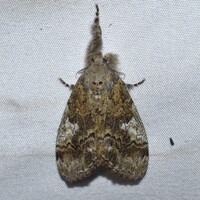
| Recorded by: David George, Jeff Niznik on 2024-05-25
Chatham Co.
Comment: | 
| Recorded by: Jim Petranka, Bo Sullivan and Becky Elkin on 2023-09-15
Macon Co.
Comment: |
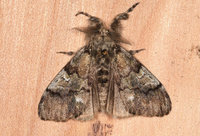
| Recorded by: Jim Petranka, Bo Sullivan and Becky Elkin on 2023-09-14
Macon Co.
Comment: | 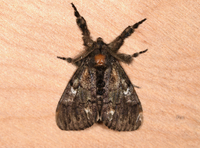
| Recorded by: Jim Petranka and Becky Elkin on 2023-09-05
Buncombe Co.
Comment: |
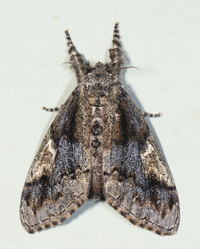
| Recorded by: John Petranka, David George on 2023-08-05
Orange Co.
Comment: | 
| Recorded by: David George, Stephen Dunn, Jeff Niznik, Rich Teper, Becky Watkins on 2023-07-29
Swain Co.
Comment: |
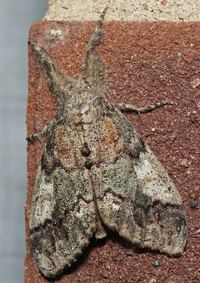
| Recorded by: Chuck Smith on 2023-07-16
Davidson Co.
Comment: | 
| Recorded by: John Petranka, Chuck Smith on 2023-06-08
Alleghany Co.
Comment: |

| Recorded by: John Petranka on 2023-06-06
Alleghany Co.
Comment: | 
| Recorded by: John Petranka on 2023-05-23
Orange Co.
Comment: |
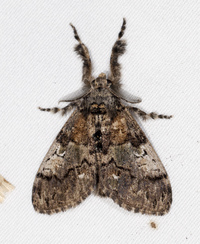
| Recorded by: John Petranka on 2022-08-08
Watauga Co.
Comment: | 
| Recorded by: Stefanie Hedrick on 2022-08-01
Mecklenburg Co.
Comment: |

| Recorded by: tom ward on 2022-07-13
Buncombe Co.
Comment: | 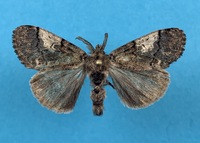
| Recorded by: Richard Teper on 2021-06-13
Orange Co.
Comment: |

| Recorded by: David L. Heavner on 2021-05-27
Chatham Co.
Comment: | 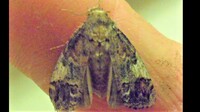
| Recorded by: Darryl Willis on 2020-08-01
Cabarrus Co.
Comment: |
|

 »
»